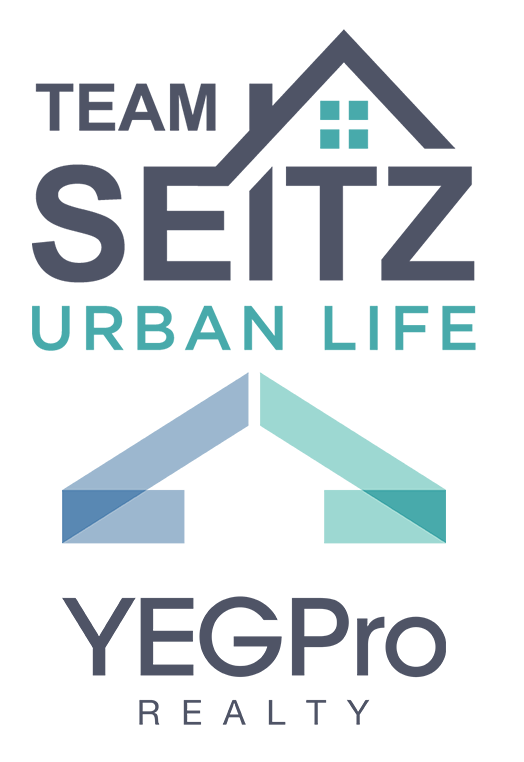Ramsay Heights is located in the southwest in an area annexed to the City of Edmonton in 1960.
In 1961 the area was included within a plan for phased development. In 1969, the Riverbend Terwillegar Heights Outline Plan detailed a development scheme for a comprehensively planned community including Ramsay Heights. With a predicted ultimate population of 95,000 people, Riverbend-Terwillegar Heights was the first of Edmonton’s residential areas to be planned on such a large scale. The Ramsay Heights neighbourhood was subdivided in the early 1970s, although a number of large lots from the previous Glamorgan plan of subdivision, remain on the neighbourhood’s west side adjacent to the river valley. In Ramsay Heights the mix of housing units is roughly equally split between single-detached homes and higher density multiple unit structures.
The neighbourhood is designed around a centrally located multi-purpose educational and recreational site and a spinal collector roadway. The collector roadway, Riverbend Road, bisects the neighbourhood from north to south and is linked to the Whitemud Freeway. Multiple-unit housing and the neighbourhood’s commercial site are located adjacent to the collector roadway. Interior residential roadways were designed along a pattern of curvilinear streets with cul-de-sacs, and pathways promote pedestrian and bicycle movement within the neighbourhood. A high elevation vantage point at the central site offers a panoramic view of Edmonton.
Ramsay Heights was named in honour of Walter Ramsay, who moved to the Edmonton area in 1899. He became the principal at McKay Avenue School and later Queen’s Avenue School. Later, he became Edmonton’s first commercial florist. In 1986 a permanent greenhouse at Fort Edmonton Park was opened as a tribute to Walter Ramsay.

